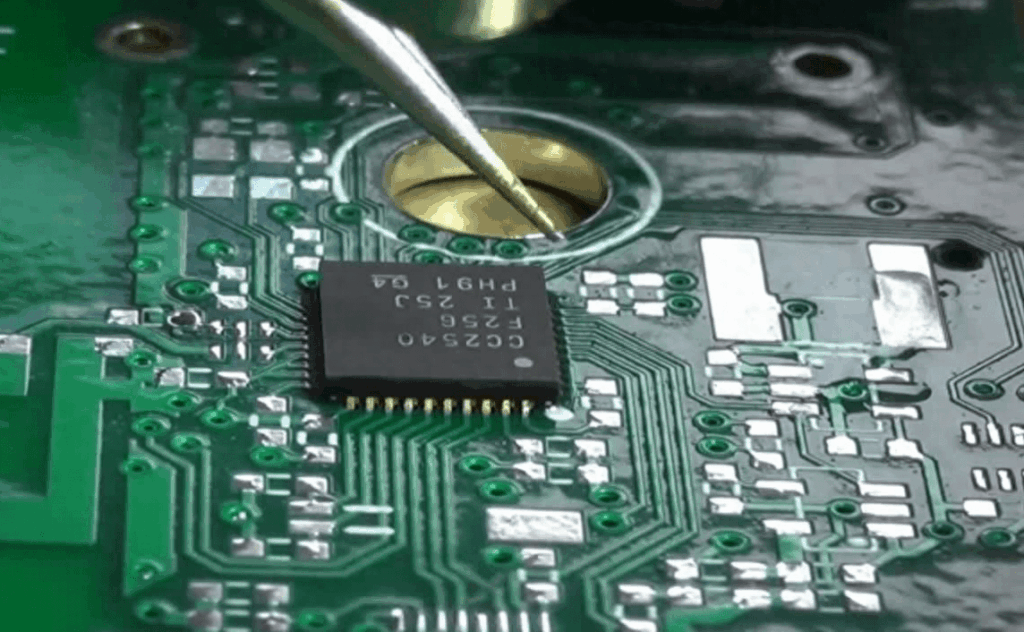Surface Mount Technology (SMT) is a core component of electronics manufacturing, and its market prospects are closely tied to global industrial transformation. As this trend continues to move upward, we notice that continuous innovation in consumer electronics is driving the demand for component miniaturization. The widespread use of 0201-class components has raised the requirement for mounting accuracy to ±25μm and which our Nectec’s NT-B5 is capable of handling this task. At the same time, the rapid increase in the electrification rate of new energy vehicles has created demand for complex circuit boards such as in-vehicle ECUs and battery management systems. These products have much higher requirements for soldering reliability than consumer electronics, and defects must be reduced to less than 0.08% through X-ray 3D inspection such as NX-CT160 machine and lead-free soldering processes such as WS-250 machine. Breakthroughs in materials science are redefining process boundaries: nano-silver paste has a thermal conductivity 40% higher than traditional tin paste, solving the heat dissipation challenges of 5G base station RF modules; the application of low-temperature solder paste has improved the assembly yield of heat-sensitive components to 99.6%. On the equipment side, AI-driven intelligent pick-and-place machines such as Nectec’s NT-T5 has increased placement efficiency by 15% through dynamic path optimization, and predictive maintenance systems have reduced downtime by 30% by providing early warnings of issues such as nozzle blockages.

On the other hand, our products have been positively influenced by the upward trending of SMT industry, one aspect of this effect is the widespread use of 0.3mm pitch BGA packaging. It requires steel mesh tension to be controlled between 28-35N, in conjunction with a 3D SPI inspection system to achieve solder paste thickness deviation of <±5μm. As a result, we use laser-assisted alignment technology on the NT-T5 machine to control the placement deviation of 0201 components to ±15μm, meeting the high-density interconnection requirements of 5G millimeter wave antenna arrays. Other aspect such as online SPI+AOI inspection installed on the NX-B machine forms a closed-loop control system, which dynamically adjusts welding parameters through real-time data feedback, reducing the defect rate by 70%. After introducing an intelligent feeder feeding system, we have successfully reduced the material changeover time from 2 hours per batch to 15 minutes, and compressed the delivery cycle for small batch orders by 40%. We are also proud of being committed to follow environmental friendly policy while manufacturing our products. The widespread adoption of lead-free soldering technology such as our lead-free reflow ovens and lead-free wave soldering machines has increased the shear strength of solder joints by 25%, while a closed-loop recycling system has achieved a solder paste utilization rate of 98%. New EU regulations require that the recovery rate of precious metals in electronic devices reach ≥95% by 2026, forcing companies to adopt nanoscale solder composition analysis technology to achieve accurate material traceability. The cross-industry collaboration between SMT and semiconductor packaging is breaking through traditional assembly boundaries, reducing system-in-package (SiP) costs by 30%. The combination of flexible printed circuits (FPC) and SMT is driving wearable devices toward “senseless interaction”.





